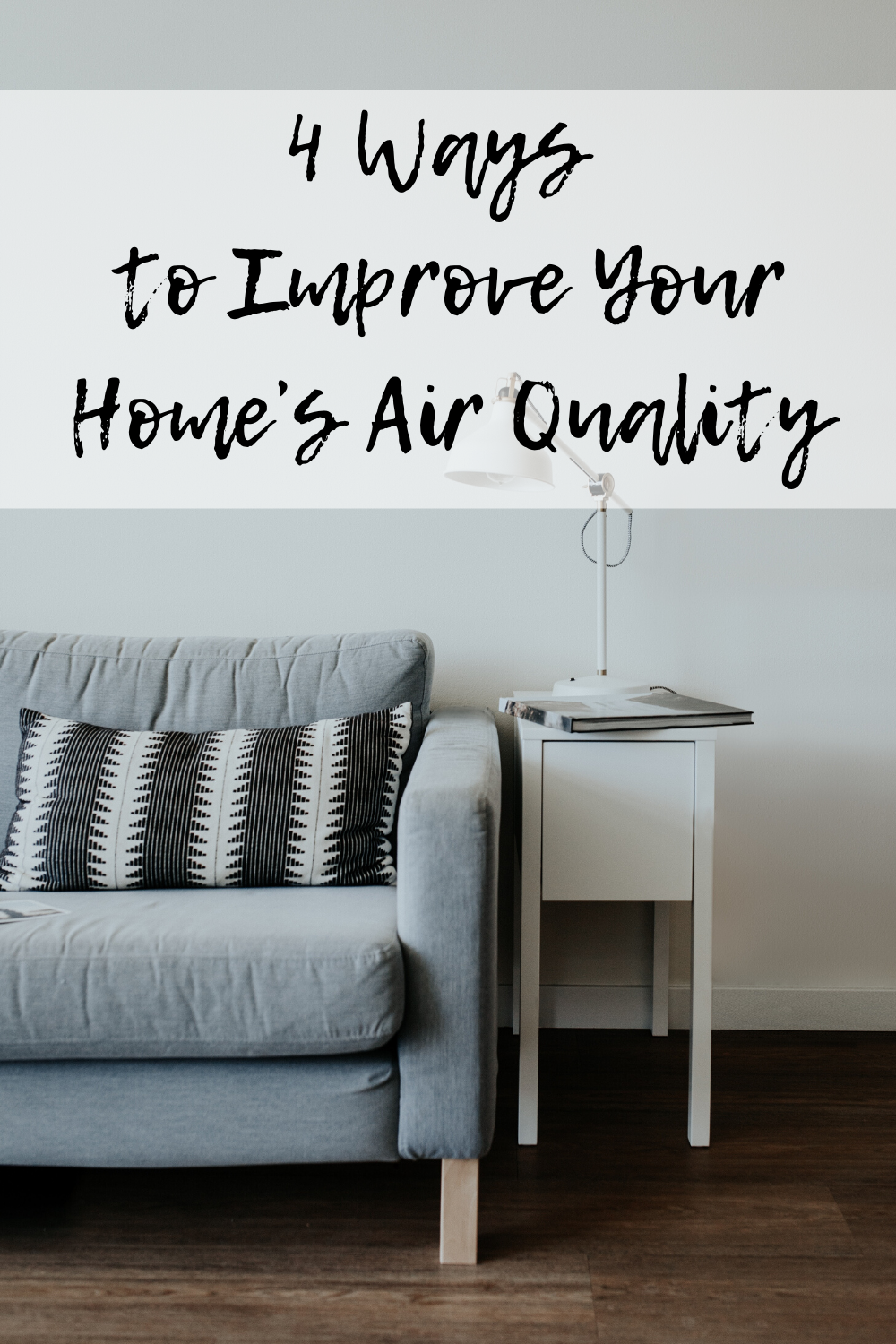
Your home’s air quality can have a significant impact on your overall health. Dust, dander, pollen, and other contaminants can irritate conditions like allergies and asthma, cause headaches, and even lead to fatigue and digestive issues. Unfortunately, many of the most common causes of poor air quality go unaddressed, leaving those exposed to suffer unnecessarily.
If you’re ready to improve your home’s air quality, it’s important to tackle these 4 common issues. Once you start making changes, you may be surprised to realize just how much your home’s air quality was negatively impacting your health.
Clean Up The Carpets
Any time that you’re deep cleaning your home, your carpets should be at the top of the list. Carpets harbor all kinds of pollutants, from dirt dragged into your home on the bottom of your shoes to dust mites that feed on dead skin cells. So what’s the best way to really get all the grime out of your rugs? Obviously you’ll want to thoroughly vacuum, but in many cases a basic vacuum won’t be strong enough. Instead, consider installing a central vacuum system in your home.
Central vacuum systems work well on rugs and hardwood, but most importantly they’re more powerful than conventional vacuums. That’s because they’re built into your home like your HVAC system and rely on a central power unit that’s stronger than what a canister vacuum can hold. Getting all of those particulates out of your rug will go a long way towards improving your home’s air quality.
Skip The Air Fresheners
It’s tempting to toss those scent boosters into your laundry or spray an air freshener into a musty room, but those chemicals are detrimental to your home’s air quality. That’s because artificial scents are made from petroleum products and largely haven’t been tested to determine whether they’re safe to breathe in. There is, however, evidence, that the phthalates found in these products may act as hormone disruptors, in addition to causing headaches, skin irritation, and breathing problems.
Rather than using artificially scented products, opt for the unscented version of soaps and other cleaners, avoid using aerosols, and if you really want to imbue some scent into your space, opt for natural products. A few drops of essential oil on a wool dryer ball, for instance, is a much healthier alternative to scented fabric softener sheets.
Add Color With Care
Most people think that paint products today are safe, and in the sense that lead paint has been banned since the 1970s, that’s true. But lead isn’t the only chemical lurking in paint products. Most conventional paints also contain chemicals known as volatile organic compounds (VOCs).
Conventional paint products release VOCs, which are associated with headaches, allergy-like irritation, nausea, dizziness, and even organ damage, depending on the degree of exposure. Instead of using convention paint, look for products labeled low- or no VOC. The chemicals linger long after the new paint smell is gone, so even if you think you’ve given the room time to air out, you’re still not safe.
Focus On Your Filter
Whether or not you have a central HVAC system, every home should have an air filter. It’s the only way to ensure overall good air quality. Look for a proper HEPA filter system that will capture the widest range and greatest number of particles. There are also supplementary filters that can capture VOCs and other chemicals that might pass through a conventional filter. Be sure to clean these filters regularly and replace them based on the manufacturer’s recommendations for optimal performance.
Your home’s air quality plays a central role in your overall health, so you can’t be too careful when it comes to reducing irritants in your environment. Keep your home clean, use filters, and beware of those irritants you cannot see. As we all know, invisible isn’t the same as harmless, and that’s especially true when it comes to the air we breathe.





